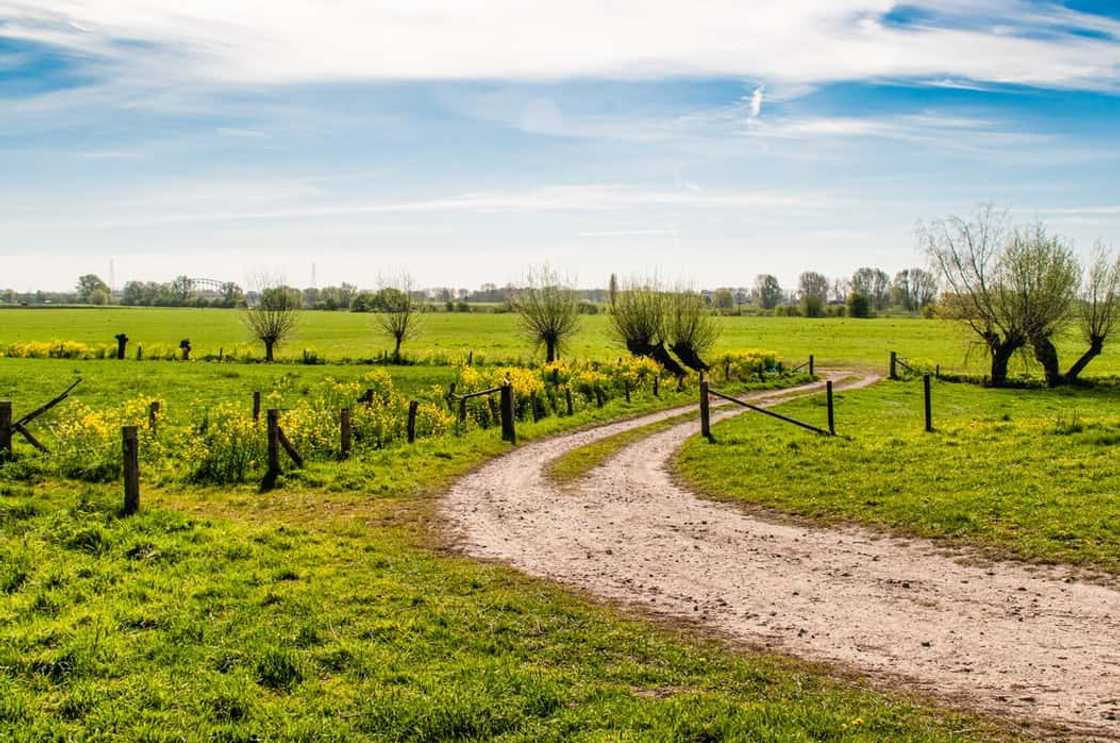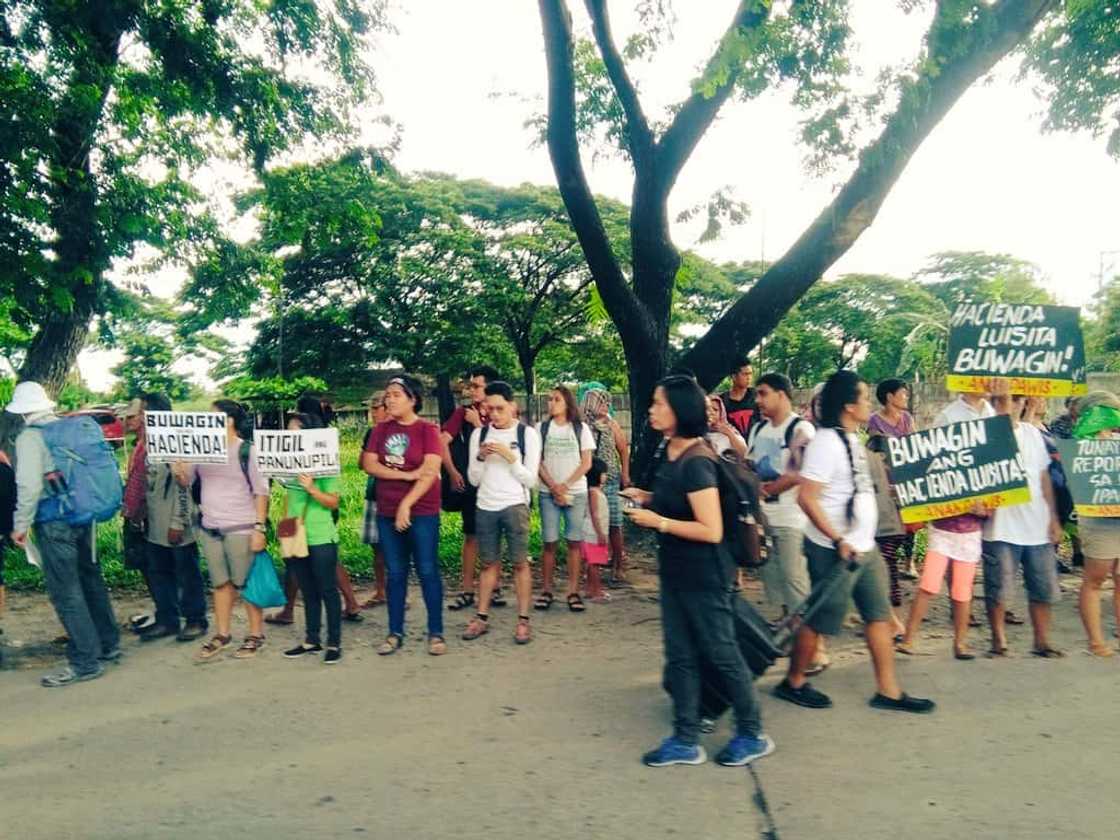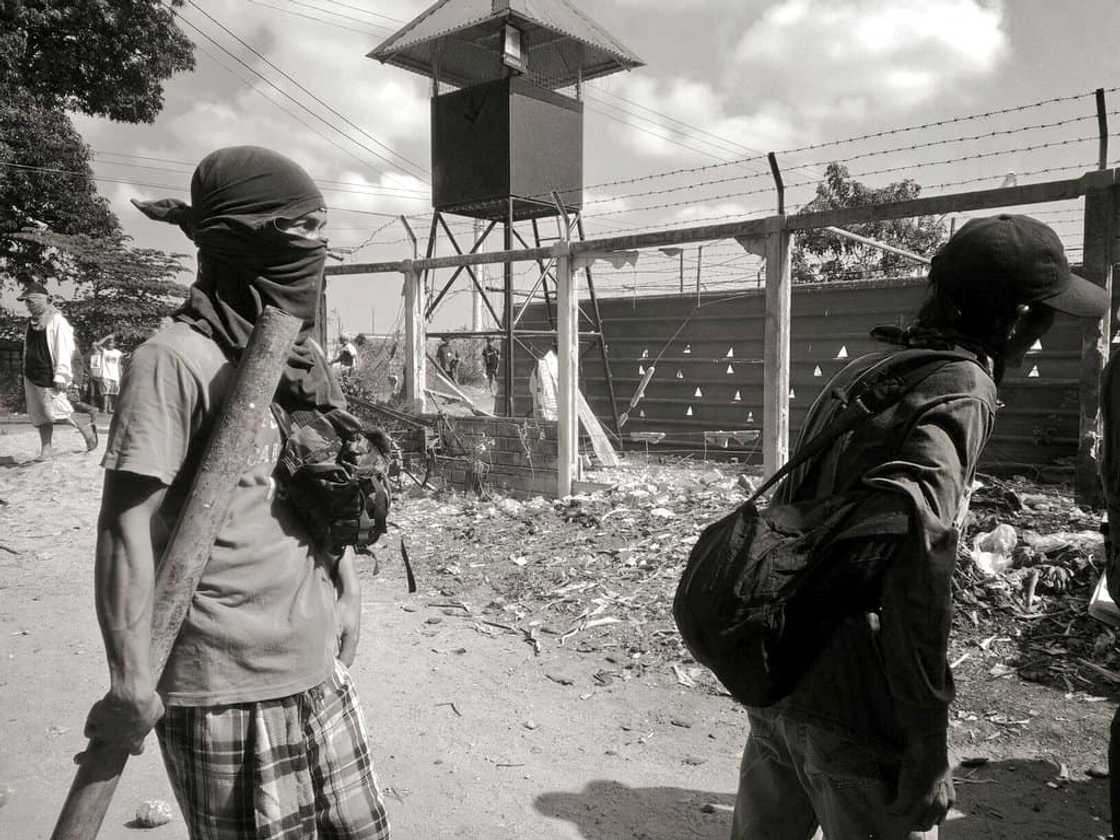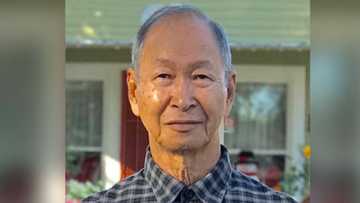What is Hacienda Luisita? Massacre, case, history, owner
In economic terms, the land is one of the primary factors of production. For the longest time, land ownership and distribution has been a thorny issue in many parts of the world. That has been the case in the Philippines, in particular, Hacienda Luisita. The case about the ownership has gone through many twists and turns that you need to know the details.

Source: UGC
The struggle of who should own this agricultural field has spun many decades. Unfortunately, people lost their lives during the battle. In the process, many families have lost their sources of income. Their guards demolished their houses and barred them from accessing their pieces of land.
Hacienda Luisita history
To understand what was the problem with this plantation, you need to go back in history. The estate was originally under the control of the Spanish owned by the Tabacalera. Since its acquisition in 1882, different people occupied the estate. These occupants included American and Japanese.
In 1958, the Cojuangcos behind the company named Tarlac Development Corporation (TADECO) obtained the farm from the Spanish with the condition to distribute it to small farmers.
The 10-year grace period that TADECO had to distribute the land elapsed, and farmers started pushing for their rights. Since that time, there were several court battles until 1988. In this year, Cory Aquino, who was the president, signed into law an Act with a clause called the Stock Distribution Option (SDO).
This SDO clause meant that there was no land ownership transfer to the farmers. Over the years, control over the farm revolved around abolishing the SDO or making it work well to benefit the farmers.
On several occasions, farmers had to vote on whether they wanted to retain their stocks as shareholders or become landowners. They voted for the former.
However, in 2012, the Supreme Court ordered that the original farmer-beneficiaries should become landowners.
Hacienda Luisita case

Source: Twitter
This legal battle has spanned over several decades. Here is a brief summary of Hacienda Luisita case from the time the Cojuangco acquired ownership from the Tabacalera.
- 1958 — TADECO became the owner of HL
- 1967 — 10-year distribution period elapses
- 1972 — President Macros declares Martial Law
- 1980 — Macros' government files a case against TADECO to release the land for distribution
- 1981 — The Cojuangcos respond to the lawsuit claiming there were no tenants to whom the estate would be distributed
- 1985 — The court orders TADECO to surrender HL
- 1987 — Thousands of farmers march to Malacañang demanding land reform and the distribution
- 1988 — The Cory Aquino government withdraws its case against the Cojuangcos
- 1988 — President Aquino signs into law the Comprehensive Agrarian Reform Law with the SDO clause. The Presidential Agrarian Reform Council (PARC) was to approve the SDOs.
- 1989 — Luisita’s farmworkers voted between stocks or land in a referendum, and they chose to keep their stocks
- 1995 — The Sangguniang Bayan of Tarlac passes a resolution to reclassify 3,290 out of HL's 4,915 hectares from agricultural to commercial, industrial, and residential land.
- 2003 — Workers’ daily wage is at P194.50 for one day per week.
- 2004 — Union officers representing farmers try to re-negotiate the pay to P225 per day
- 2004 — Luisita's management retrenches 327 workers
- 2004 — Workers stage a protest then violence erupts leading to the Luisita Massacre with seven deaths
- 2010 — Noynoy Aquino campaigns with the promise of giving farmers the land, but that never fully materialized hence it is considered as another Hacienda Luisita scandal
- 2012 — Supreme court orders the distribution of HL land
- 2019 — Section of Hacienda Luisita farmers get land titles
This case has been ongoing for many years, eliciting different opinions, and you can find some in the Hacienda Luisita reaction paper. Critics have also considered this long-running botched land distribution as one of the most prominent government's land reform failures. It involved various influential individuals, government bodies, farmers, and unions. The Hacienda Luisita vs PARC document outlined the facts and timeline.
Hacienda Luisita massacre

Source: UGC
Most of the news about Hacienda Luisita has been negative. This massacre is one of the dark days in the history of the place. It started with a protest by farmers and union members on November 16, 2004. They were protesting against the mass retrenchment of farmworkers.
Who owns Hacienda Luisita?
The Aquino-Cojuangco family has been the owner Hacienda Luisita under the company name Hacienda Luisita, Inc for decades. However, after a long-running battle for the control of the farm, a portion of the hacienda now belongs to the farmers.
How big is Hacienda Luisita?
The hacienda is 6,443 hectares in size. However, in 2012, the Supreme Court in the Philippines ordered the Cojuangco family to cease ownership of 4,915 hectares. This portion was to be distributed to original farmers under the agrarian land reform program.
What is Hacienda Luisita?
It is a large piece of prime agricultural land that the Cojuangco family has used as a sugar cane field for many years for sugar production. The piece has been the center of many scandals and disputes. Some disputes turned violent with the unfortunate loss of lives.
What is the issue about Hacienda Luisita?
The main issue about this field of land revolves around its ownership. The Cojuangcos got ownership of the property, on condition that they would subdivide it among the tenants. In this case, the tenants were the farmers. Later, the promised Hacienda Luisita land distribution never took place. The Cojuangcos managed to change several clauses in the agreement to help them retain control of the land up until 2012.
The recent developments in Hacienda Luisita are positive. Last year in 2019, farmers were finally getting land titles in a ceremony headed by President Rodrigo Roa Duterte. Many farmers hope to experience the end of the land struggle.
Source: KAMI.com.gh





